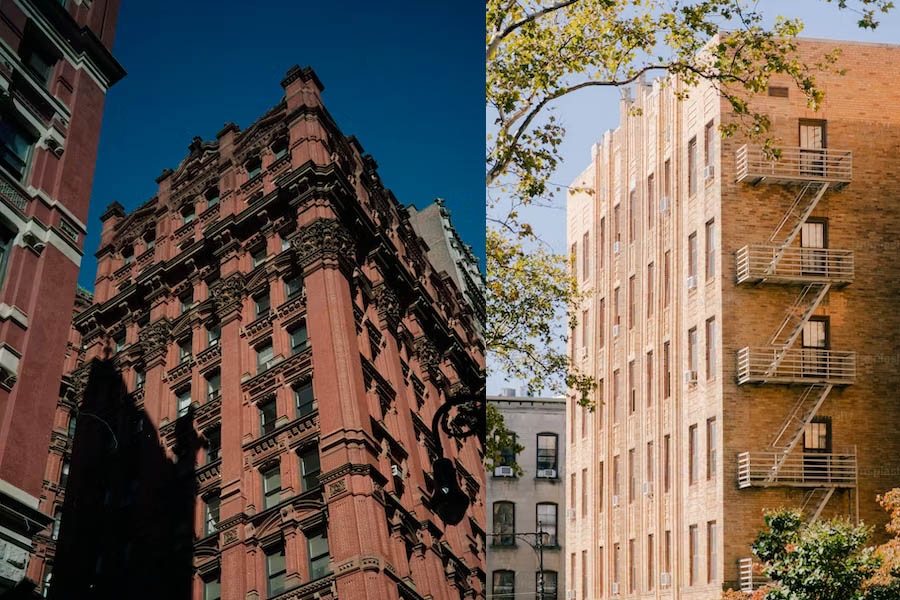
In the ever-evolving landscape of New York City, where space is a coveted luxury, a peculiar trend has emerged, reshaping the city’s housing dynamics in unexpected ways. Over the past several decades, the city has witnessed the disappearance of more than 100,000 apartments, leaving urban dwellers with limited options and exacerbating the already pressing issue of housing shortage. This phenomenon, largely hidden behind the city's iconic facades, has been driven by the consolidation of smaller apartments into larger, more luxurious ones, a transformation that comes at a significant cost.
One such story is that of Anthony Fuller, a New Yorker who faced the familiar dilemma of a growing family in a cramped apartment. Instead of moving away in search of more affordable housing, Anthony opted for an extravagant solution: he purchased the apartment below his own, creating a spacious residence by connecting the two units. While this may seem like a unique case of personal preference, it is reflective of a broader trend that has been reshaping the city's housing landscape.
The analysis of building records paints a concerning picture: New York City has steadily lost apartments since 1950 due to combinations like Anthony's and the conversion of multi-unit buildings into single-family homes. Despite the overall growth in the number of apartments, this loss has contributed to the city's housing shortage crisis. Areas that should be adding new homes, such as the Upper East Side and the West Village in Manhattan or Park Slope in Brooklyn, have been affected the most, with historical buildings transformed into single-family residences.
The impact of this consolidation trend goes beyond the mere numbers. Neighborhoods that once boasted diverse housing options now find themselves with limited new housing developments. The affordability and availability of apartments have become increasingly scarce, forcing many residents to move to more affordable areas outside the city.
While some argue that these consolidations are acts of restoration, others view them as a symptom of a larger problem rooted in policy choices made by local and state politicians. Preservationist Suzan Belly, who conducted the research, emphasizes that blaming individual households is not the solution; instead, he urges a focus on building new housing to offset these losses.
The story of New York City’s vanishing apartments underscores the complex interplay between personal choices, real estate trends, and the broader challenge of urban housing. As the city grapples with these transformations, the pressing need for innovative housing policies and sustainable urban planning becomes more evident than ever. The disappearing apartments serve as a stark reminder that the soul of a city is not just in its skyline but in the vibrant, diverse communities that call it home.